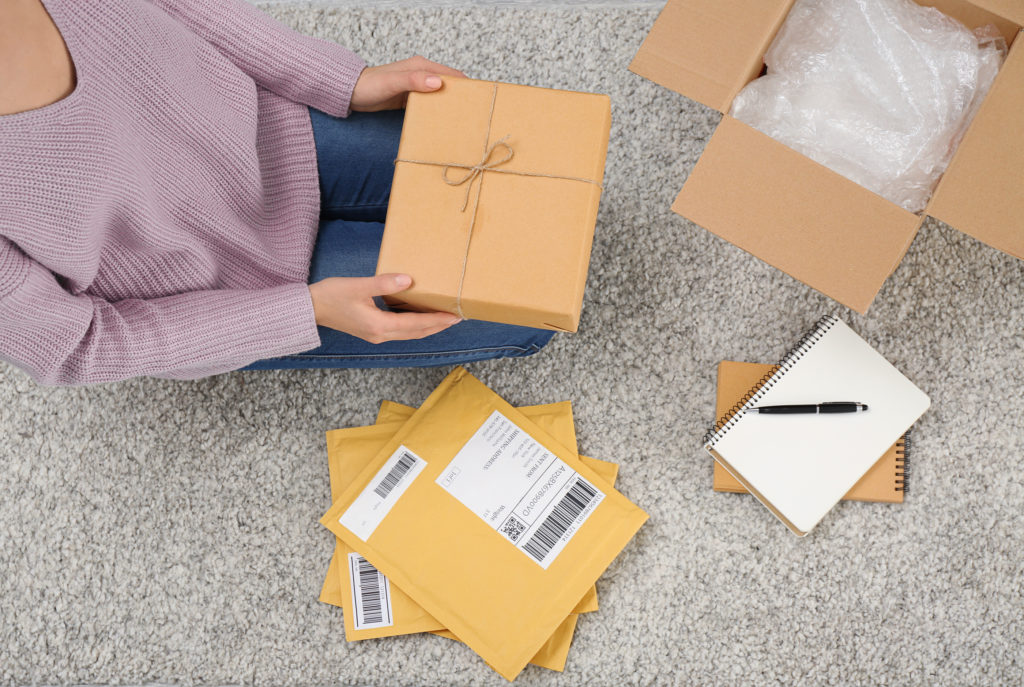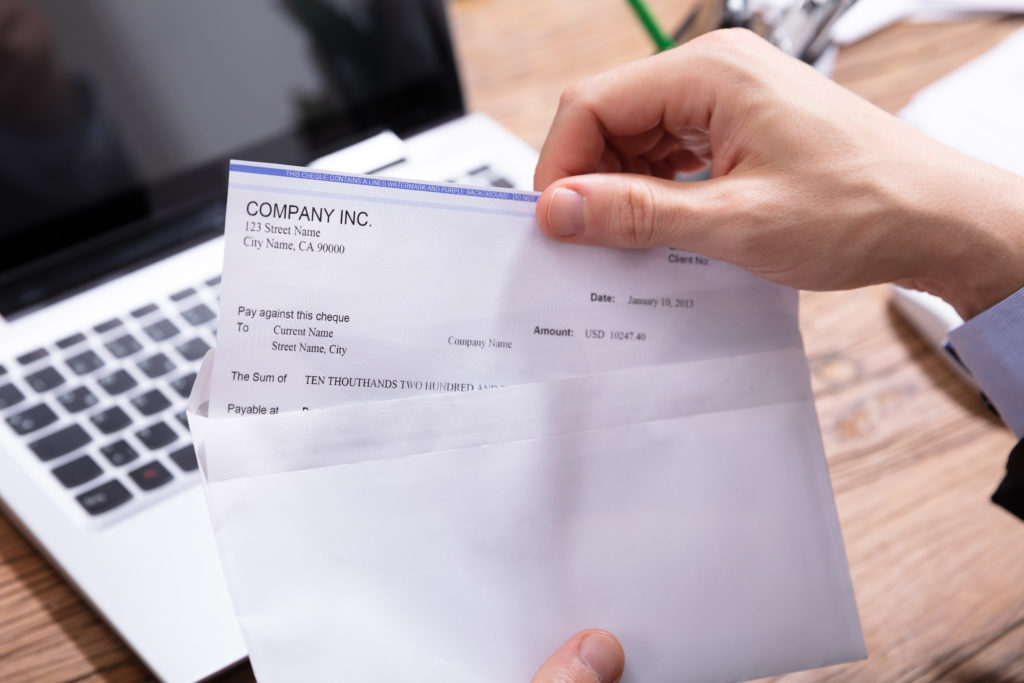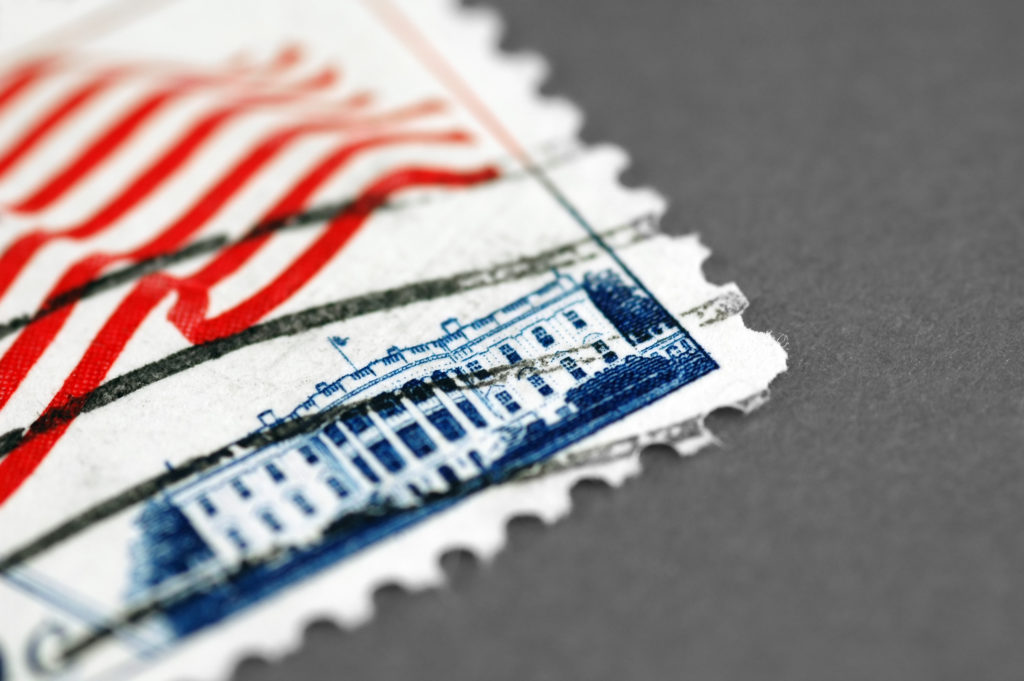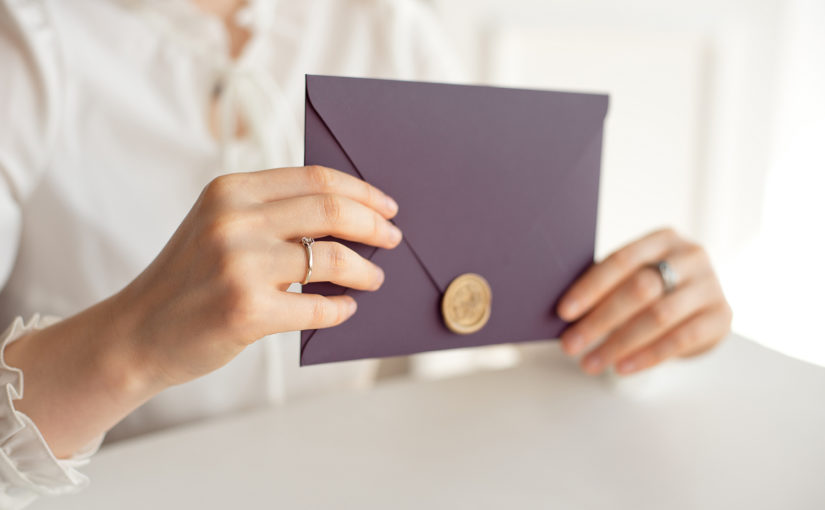We may live in a digital age, but the Royal Mail is still busy delivering letters and parcels across the country.
Whether we like it or not (and it tends to be a ‘not’ if it’s a brown envelope), we all receive post in one form or another.
Many of us receive junk mail through our letterboxes, alongside official letters about tax, voting, bills, and more.
Some of us are lucky enough to receive handwritten notes from family, friends, and pen-pals, too.
This mail builds up to a significant amount of waste, so we’ll explain how best to dispose of it in this blog post.
Packaging

If you’ve received a parcel, the chances are it has arrived in cardboard packaging — perhaps a box or a sleeve. These are easy to recycle — collapse them to their smallest form and place them straight in your recycling bin!
Letters & junk mail
Of course, you may wish to keep some letters if they hold sentimental value for you. If not, most letters will be paper only and can, therefore, be recycled.
If the contents of a letter are private and confidential, you may opt to shred it first. In which case, please check with your local council or waste management company, as some will happily accept shredded paper and others won’t.
You could also burn the letters, but wood burners and open fires are currently under scrutiny due to issues around pollution and air quality.
Flyers, magazines and catalogues are nearly always recyclable but ensure you remove any plastic film first.
Want to reduce the amount of junk mail you receive? Find out how in this blog post.
Envelopes

Plain envelopes can be placed straight into your recycling bin.
However, if the envelope has a plastic window, this may need to be removed first and placed in the general waste bin. Some local councils and waste management companies can recycle them, and some can’t — so check beforehand.
If you receive a padded envelope such as a Jiffy Bag, these generally cannot be recycled so your best bet is to reuse them. Keep hold of them and use them next time you need to post something. This will save you money and rescue something from landfill.
Finally, if an envelope is decorated with non-paper parts, such as glitter or plastic stickers, these will need to be removed before you recycle the paper. If they’re not removable, then the envelope will need to go in your general waste bin, unfortunately.
Postage stamps

Postage stamps are recyclable, so you can leave them on your envelopes when you place them in the recycling bin. However, there are alternative things you can do with used stamps.
Some people like to collect stamps, and so you may want to trim them off and keep them for yourself.
Another option is to sell them online (unless they’re the standard red 1st and blue 2nd class stamps, which won’t get much interest).
Alternatively, charities such as the RNIB and Macmillan Cancer Support accept donations of used stamps.
These organisations then sell the stamps on to dealers and make money from these sales.
The dealers sort through the packs of stamps and sell those that are in excellent condition and valuable on to collectors.
The rest are sold as used stamps for crafting, and any leftovers (usually those in bad condition) are sent for recycling.
Do you receive a lot of mail? Is there an item we’ve not covered in this blog post? Let us know in the comments below.

Can air mail letters (mostly blue in color) be recycled?